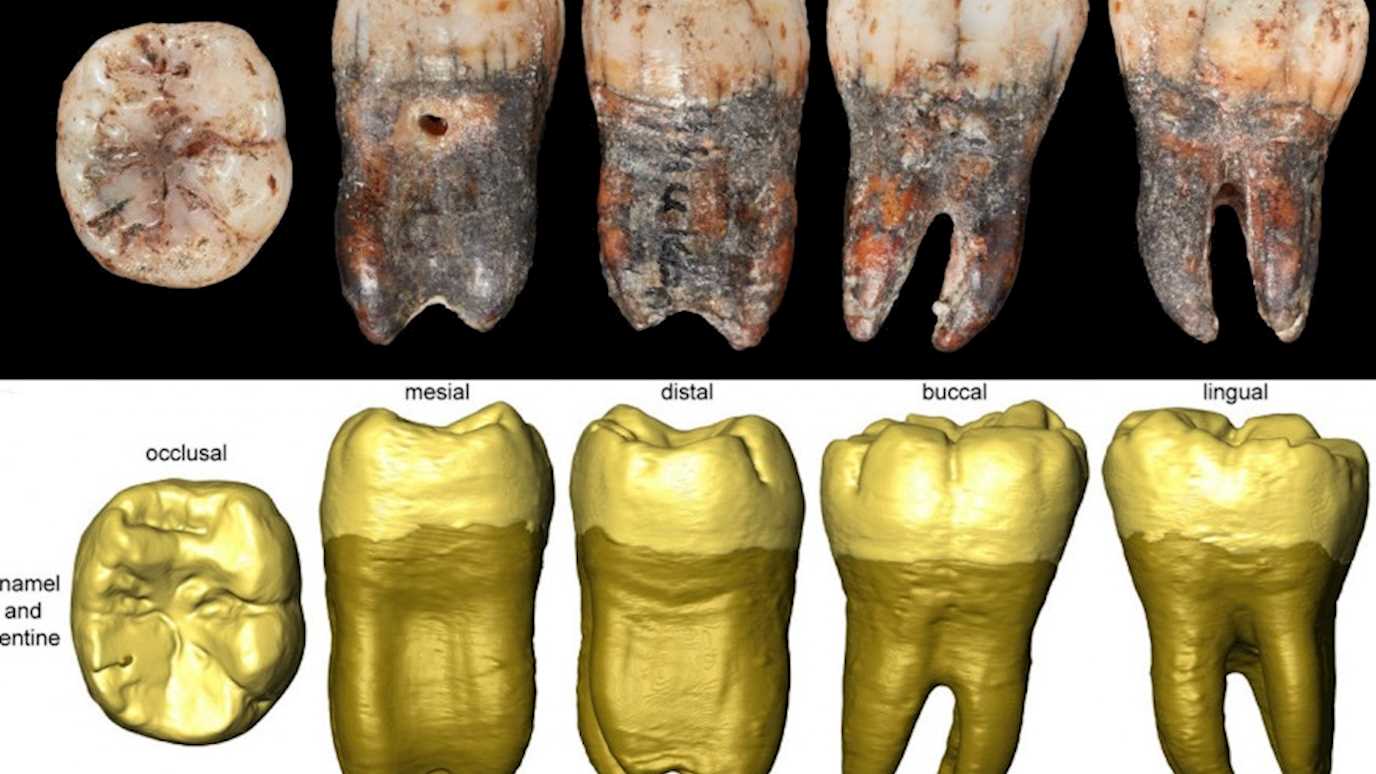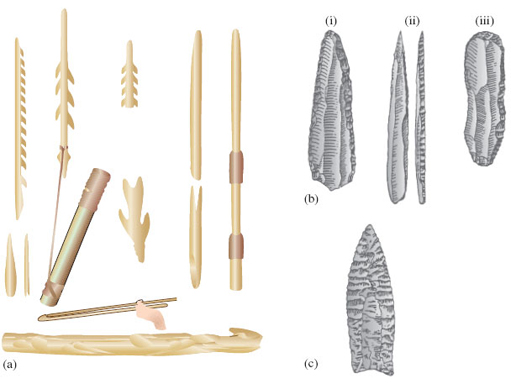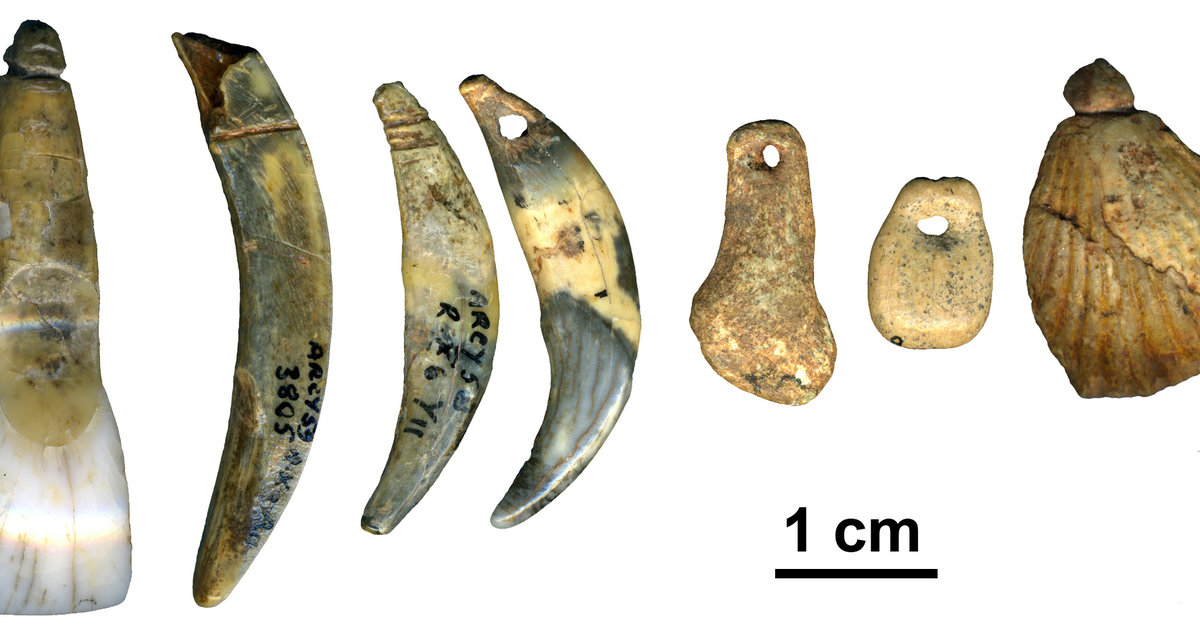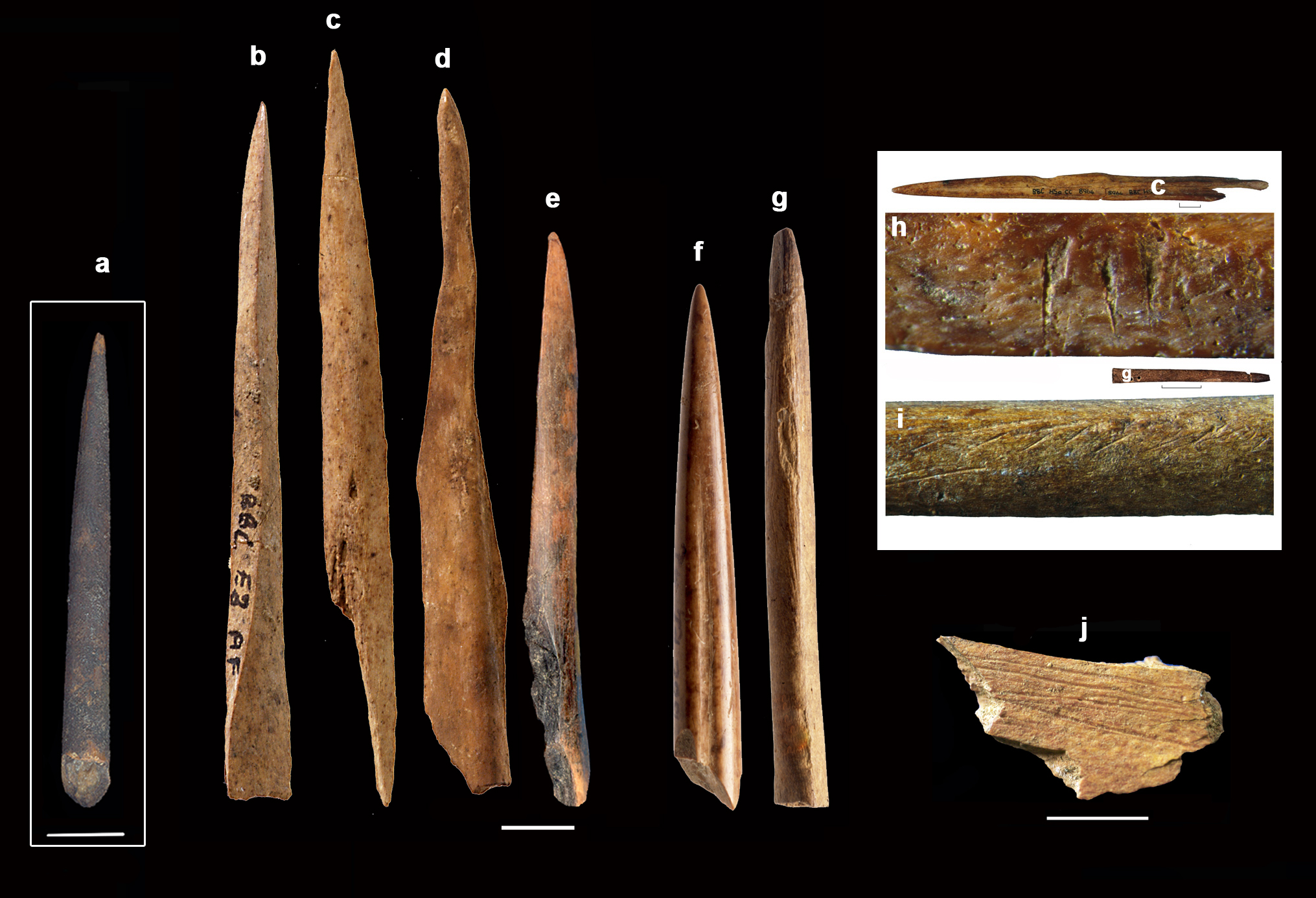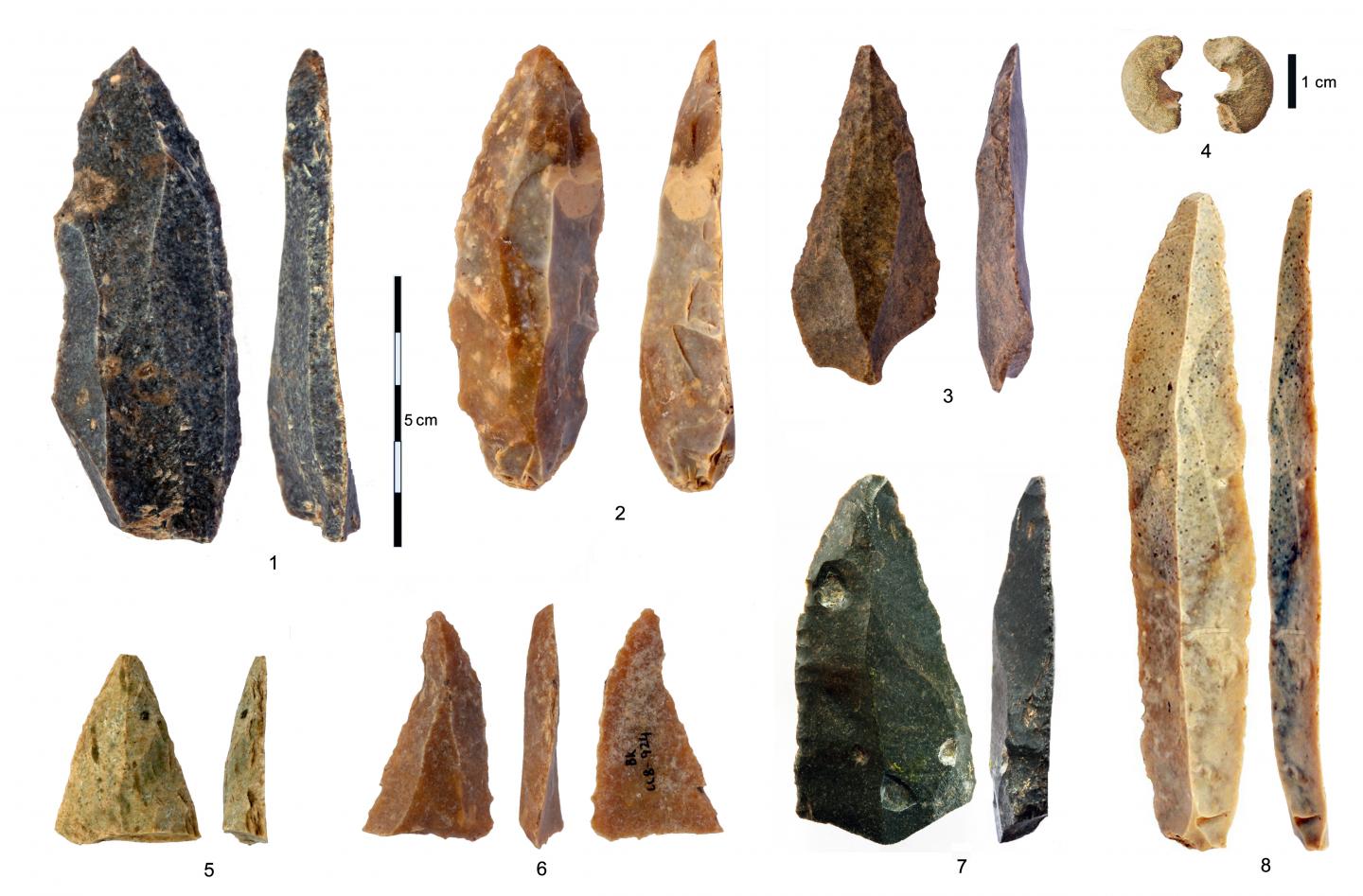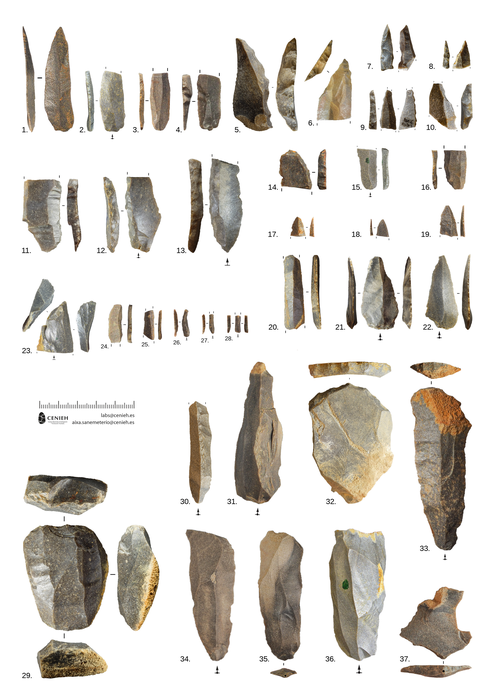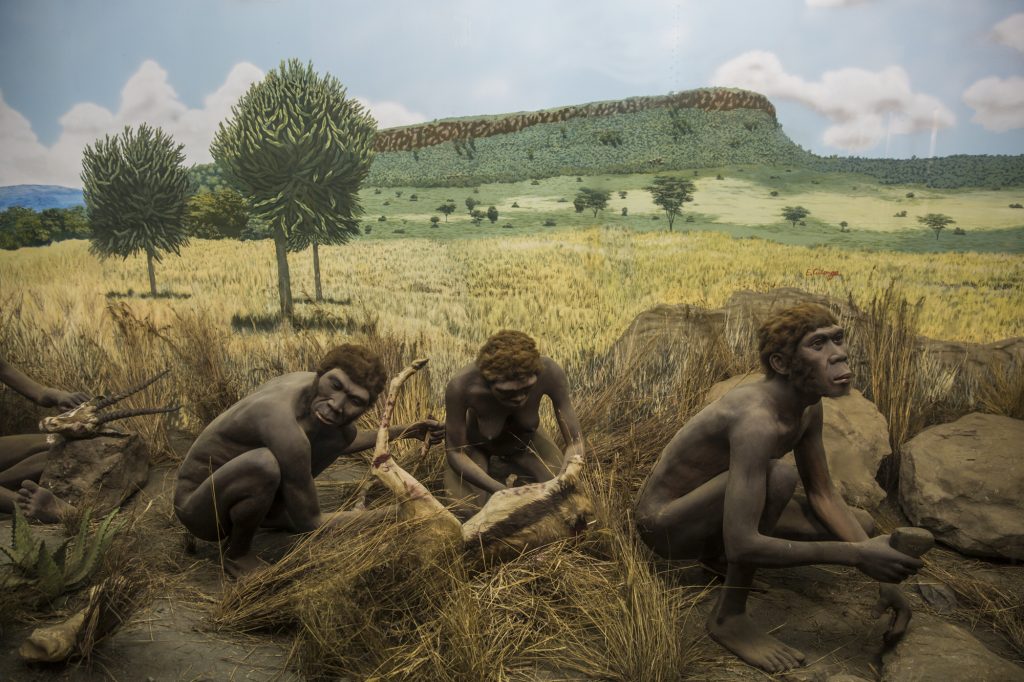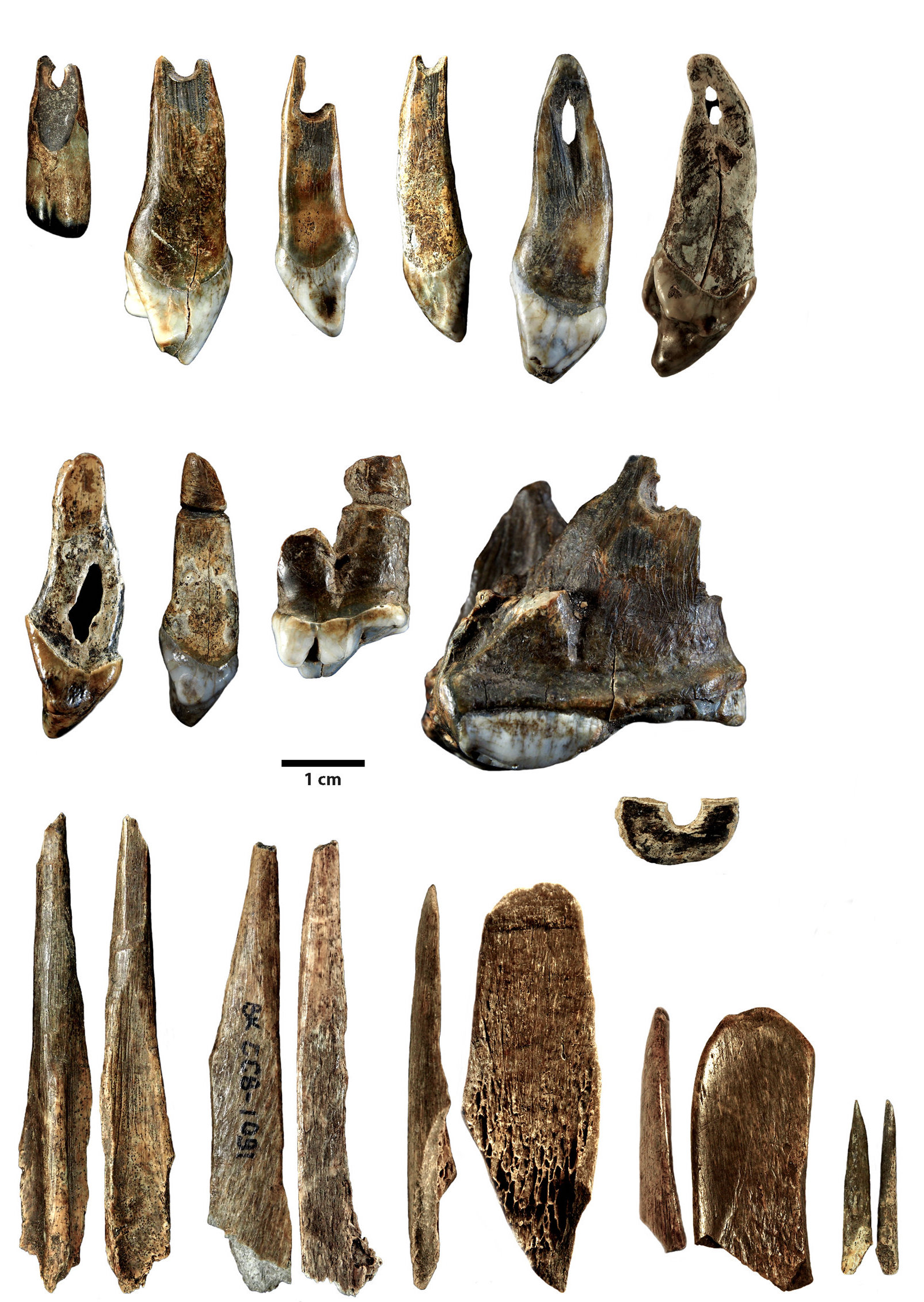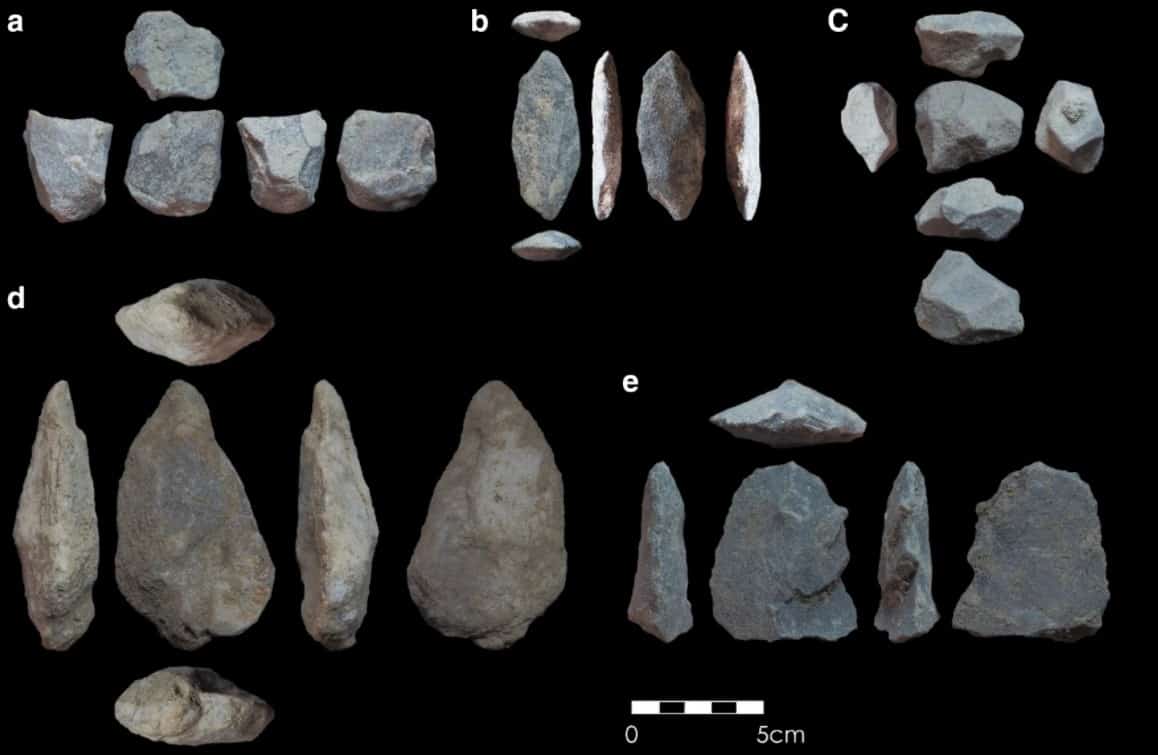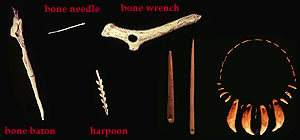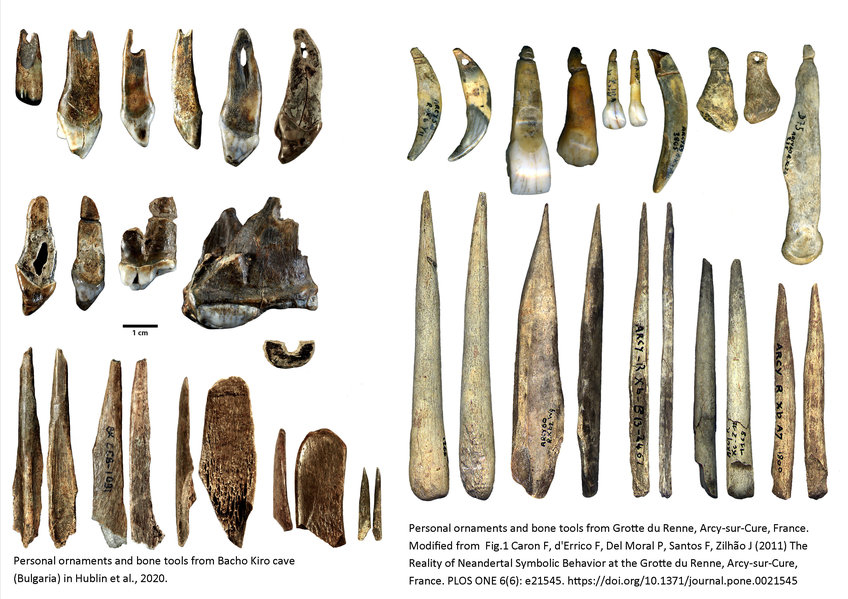
Une nouvelle datation des plus anciens vestiges d'« Homo sapiens » sur le continent européen témoigne d'une transition culturelle précoce en Europe, antérieure à 45 000 ans | Collège de France
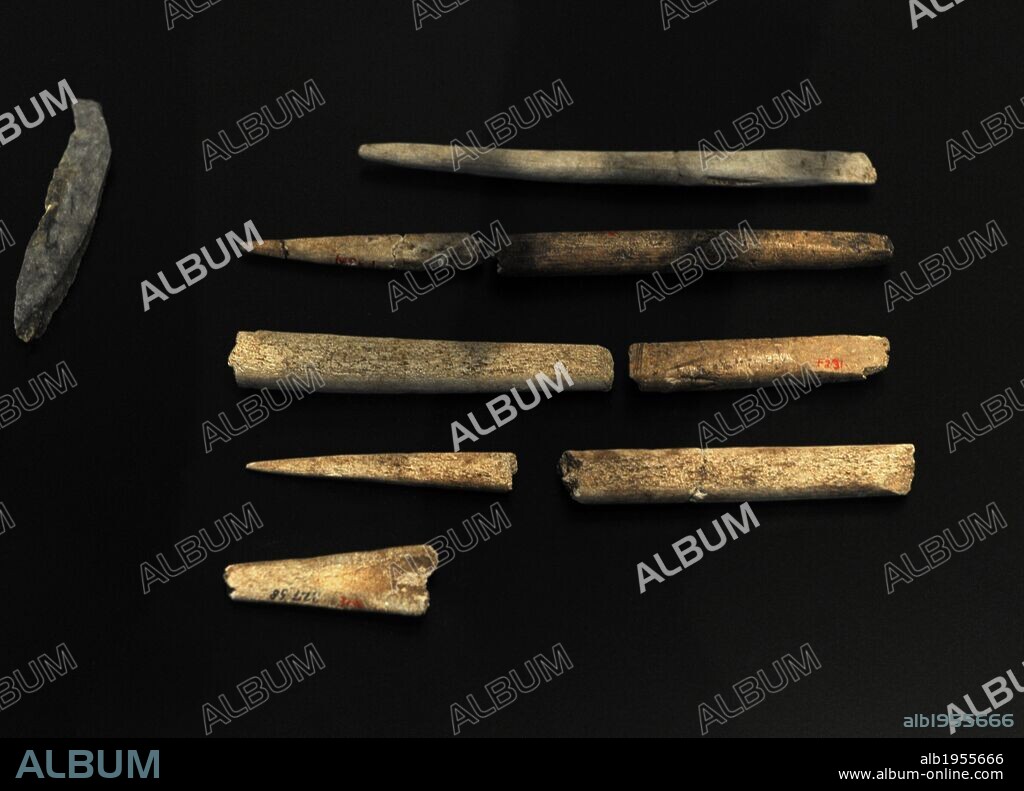
Tools of flint and animal bones. Performed by Homo sapiens (Cro-Magnon). Upper Paleolithic. National Museum of Denmark. Copenhagen. Denmark. - Album alb1955666
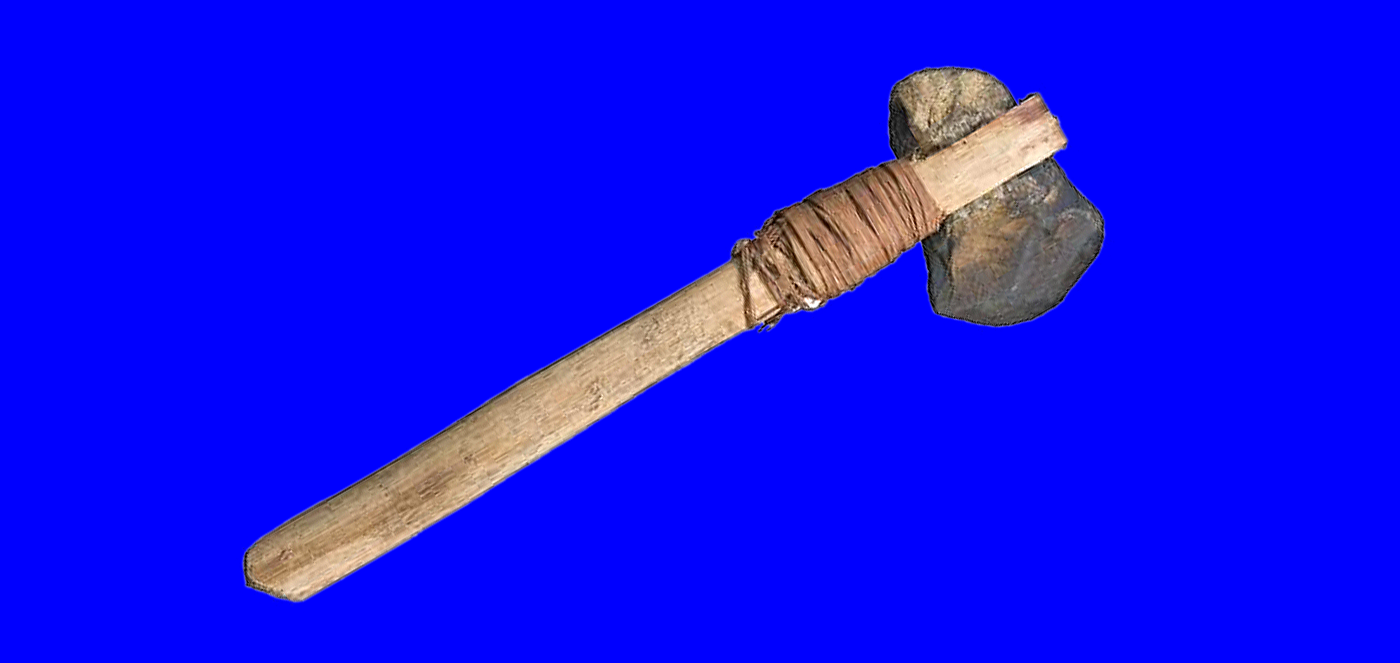
Getting a Handle on the Internet. According to the Smithsonian Institute… | by Ted Hunt | elsesearch | Medium

54,000-Year-Old Molar is Earliest Known Evidence of Anatomically Modern Humans in Western Europe | Sci.News
